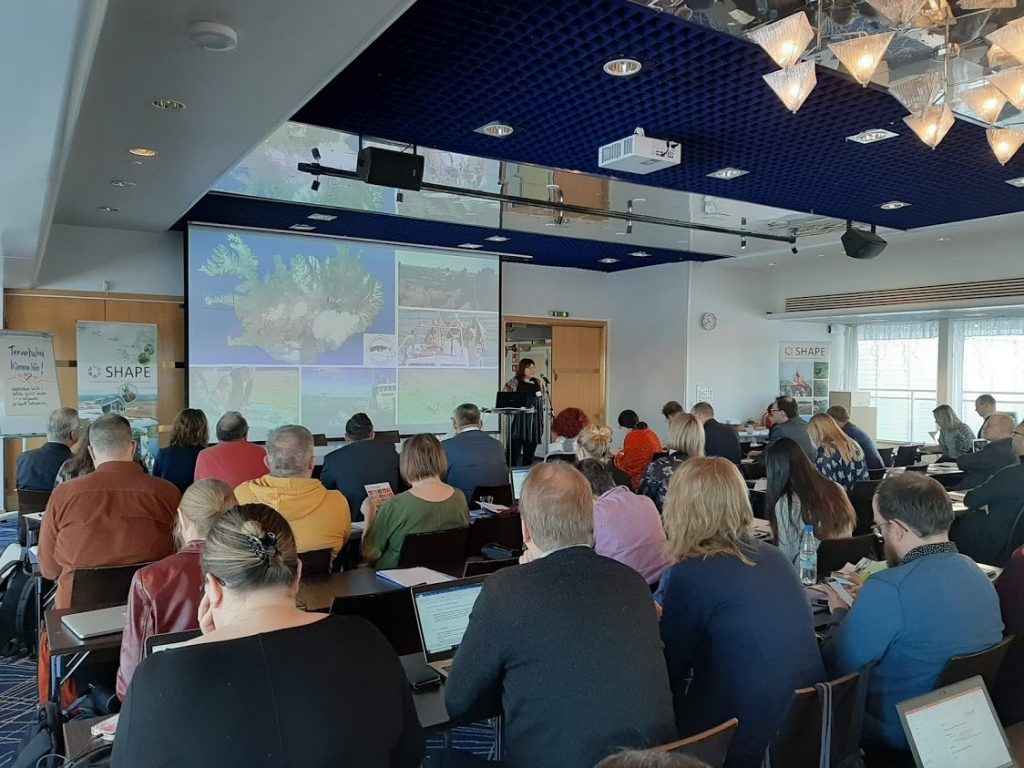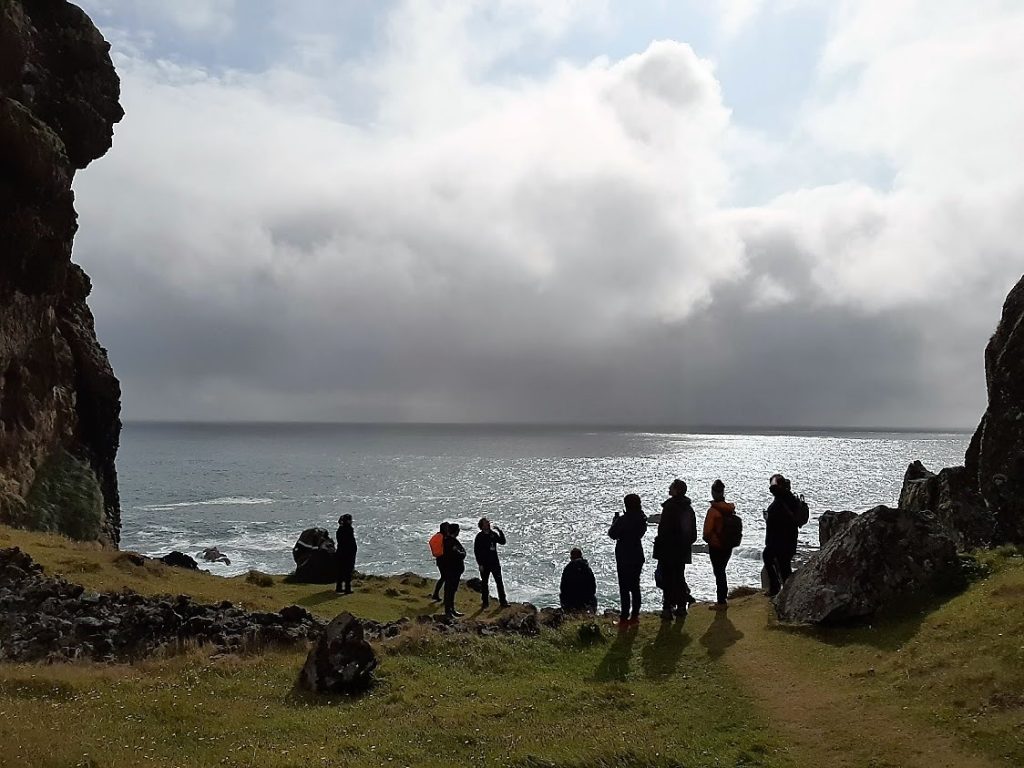The leaders of Snæfellsnes Regional Park have really embraced the opportunities given by the SHAPE project. SHAPE has both influenced regional tourism policy and enhanced local tourism attractions.
By: Ragnhildur Sigurðardóttir – Snæfellsnes Regional Park
The Icelandic Regional Parks build their activities on a regional strategy. Snæfellsnes used input from the SHAPE project to produce the strategy, placing great emphasis on consulting local stakeholders such as residents, business owners, representatives of different institutions and organisations. This is also reflected in the administrative operation of the Regional Park which aims is to be a platform for co-operation for local stakeholders.
This structure chimes well with the ethos of eco-tourism which is at the heart of the SHAPE project: ”Eco-tourism fosters the respect toward the culture and nature, reflects sustainable business practices, and thus creates local socio-economic benefits. Ecotourism also respects and recognizes local cultures, traditions and values”. Building on this ethos, the Regional Park has develop tools and methods to respond to the rapid increase in tourism over the years and most recently with fluctuations in numbers and unpredictability due to external circumstances such as economic downturn and the challenges brought about by the Covid-19 virus.
On the administrative level the Regional Park has developed a system to categorise location according to their readiness to receive visitors. This system builds on the ethos of eco-tourism and includes categorising locations according to the quality of service and facilities as well as their cultural or natural connection to the area. Three categories were developed, A category includes locations that fulfil all the criteria, category B are locations that still need to do some work but are ready to receive guests in limited number, while category C, are locations that local businesses keep for themselves. Other locations are kept off the tourist track. This work has given the Regional Park tools to steer the large number of visitors to locations that are ready to receive guests and at the same time provided guidelines for other locations about what needs to happen before becoming category A places.
Eco-tourism has become embedded in the way of working at the Regional Park. Here are some examples of projects that have been carried out which using the ethos of eco-tourism as a foundation:
Visitor Centre
One of the key SHAPE projects that have been carried out in Snæfellsnes is the visitor centre at Breiðablik. The centre’s key purpose is to be a gateway to the area or the first point of call for visitors of the Regional Park.
The house that hosts the centre is a community hall build by the local municipality, Eyja- og Mikklaholtshrepp (one of 5 municipalities in Snæfellsnes) and still acts as a meeting place for the local community. Through the SHAPE project, the Regional Park received resources, from the Icelandic state, to renovate the community hall in the fashion of a visitor centre.
Thematic routes
The first step in developing a thematic route is to decide on a theme. Should the route focus on the cultural or a natural aspect of the area? Secondly, building on the categorisation described above, locations are selected according to their readiness to receive visitors and their relevance to the natural landscape and/or cultural heritage of the region. This work is carried out in close consultation with local stakeholders.
Coastal route
The coast around Snæfellsnes has played a pivotal part in shaping the communities and their livelihoods. Around the coast are both old docks and archaeological cites of deserted fishing hubs, but you will also find modern freezing plants and harbours with state-of-the-art technology. The route includes places such as the Maritime Museum in Hellissandur which documents the live and the activity around the fishing industry, coastal walks by old docks as well as visits to modern harbours and restaurants serving local seafood dishes.
Footpaths around Snæfellsnes
For centuries food and food production has been the backbone of local livelihoods in Snæfellsnes. A key purpose of this thematic route is to provide visitors with locations that give the full flavour of food and food production of the region. Locations include restaurants and cafes that offer delicacies from the area and sites that demonstrate the natural land- and seascapes where food is produced, farms, freezing plants and other food producers.
SHAPE legacy in Snæfellsnes – far reaching partnerships
One of the key outcomes of the SHAPE project for Snæfellsnes Regional Park is to be connected to an international network of practitioners. Through this network strong bonds and friendships have developed where people can share their experience and learn from each other. There is a strong sense that these connections will last long after the formal project ends, and the hope is that future projects will be developed.

About Snæfellsnes
The Regional Park is located at the Snæfellsnes peninsula, between the fjord of Breiðarfjörður and the Faxaflói Bay. At the far west end of the peninsula, at an end of the mountain range, rises the Snæfellsnes Glacier, 1446m above sea level.
Around 5000 people live in the area that make up the Regional Park which covers five municipalities. The livelihoods of the towns on the northern side of the peninsula is fishing, and currently there are five established seafood companies with international links. On the south side of the peninsula is a traditional agricultural community.

Like many other parts of Iceland, Snæfellsnes has experienced a rapid increase in tourism. It is estimated that between 700 thousand – 900 thousand visitors came to Snæfellsnes last year (2019). While residents welcome the economic activity, it has bought to the area, it has also been a challenge to build up and maintain infrastructure for this rapid increase in visitors.
SHAPE is a three-year Northern Periphery and Arctic Programme (NPA) project promoting the development of ecotourism initiatives. Follow us on Facebook or Twitter.



